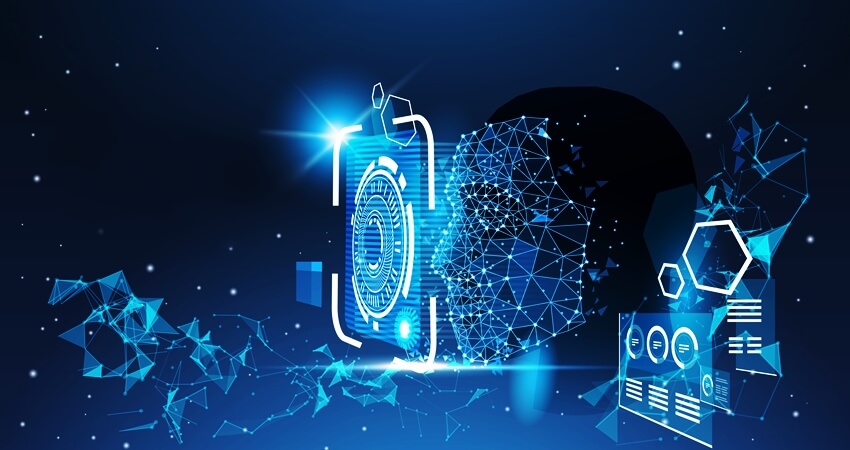Many biometric techniques are used for human identification purposes like a signature, fingerprint, speech, iris, face, and hand geometry recognition. Out of these, face recognition technology is the most convenient and coherent technique of all. It is because of the fact that face recognition does not need any active co-operation of a person. Primary operations for face recognition to go through are – verification, capture, identification, and result.
Although detecting and recognizing an extensive database of images is a challenging task, this biometric software application serves as a reliable and robust security system. We apply modern digital technology developments and methods like artificial intelligence, Internet of Things, Artificial Intelligence to develop facial recognition technology.

1. Personalisation
One of the most obvious ways the travel industry can make use of facial recognition technology is to improve personalization for customers. By matching up faces in real-world environments to those on a database, hotels and other companies can identify people quickly and tailor services to those people.

2. Security
Another way facial recognition can be of benefit to the travel industry is through increased security and there are a number of potential uses within this area. For instance, facial recognition can be used to verify the identity of a guest and grant them access to a hotel room, gym or other hotel facility.
Facial recognition can also be used to help to prevent crime, or identify troublesome guests or visitors. Using an internal database, the technology can quickly and accurately alert hotel staff to the presence of people with a history of bad behavior, or in possession of weapons allowing them to be more easily removed from the premises or reported to police.

3. Data Analysis
For hotels and other businesses in the travel industry, data is playing a crucial role in allowing them to deliver excellent service and optimize their processes. This is an area where facial recognition technology is likely to play a more critical role in the next few years, allowing some data to be collected automatically.
Instead of simply matching faces in an image to faces in a database, the technology can also potentially be used to identify if someone is male or female, to provide an estimate of their age, and to establish their mood. This can then deliver reliable information about the demographics of customers and how they respond to different locations and services, with businesses then using this to pick out important trends.

4. Payments
Finally, one of the most exciting uses for facial recognition is in helping to authorize payments quickly and seamlessly. MasterCard have already began experimenting with a ‘selfie pay’ system, where payments can be confirmed using a smartphone camera, with the image being matched to one in a database.
Within hotels, this could be used to process payments upon check out, potentially without even needing to interact with a member of staff. The technology may also be deployed in other areas, such as in restaurants, while hotels, airlines and other tourism companies can also use it to identify loyalty scheme members and automatically apply discounts to their final payments, eliminating the need for loyalty cards or discount codes.
Get In Touch
Facial RecognitionUse Cases
In today’s digital world, the safety and security of data, customers, and their assets play a critical role in businesses. Given that people recognize each other by face, using technologies to recognize facial features is sensible. However, few biometric technologies have a facial recognition capacity. Facial recognition technology operates within the boundaries of safety measures and regulatory requirements. Facial recognition-based identification follows a structured process of (i) face detection to locate the human in images and videos; (ii) face capture to process analog information into digital data using facial features; and (iii) face matching for verification of identity to avoid events such as theft, rioting, and robbery, etc. These technologies work on the principles of integrating and analyzing the digital image or video frame of a face relative to a dataset, matching the features and/or texture of skin.

